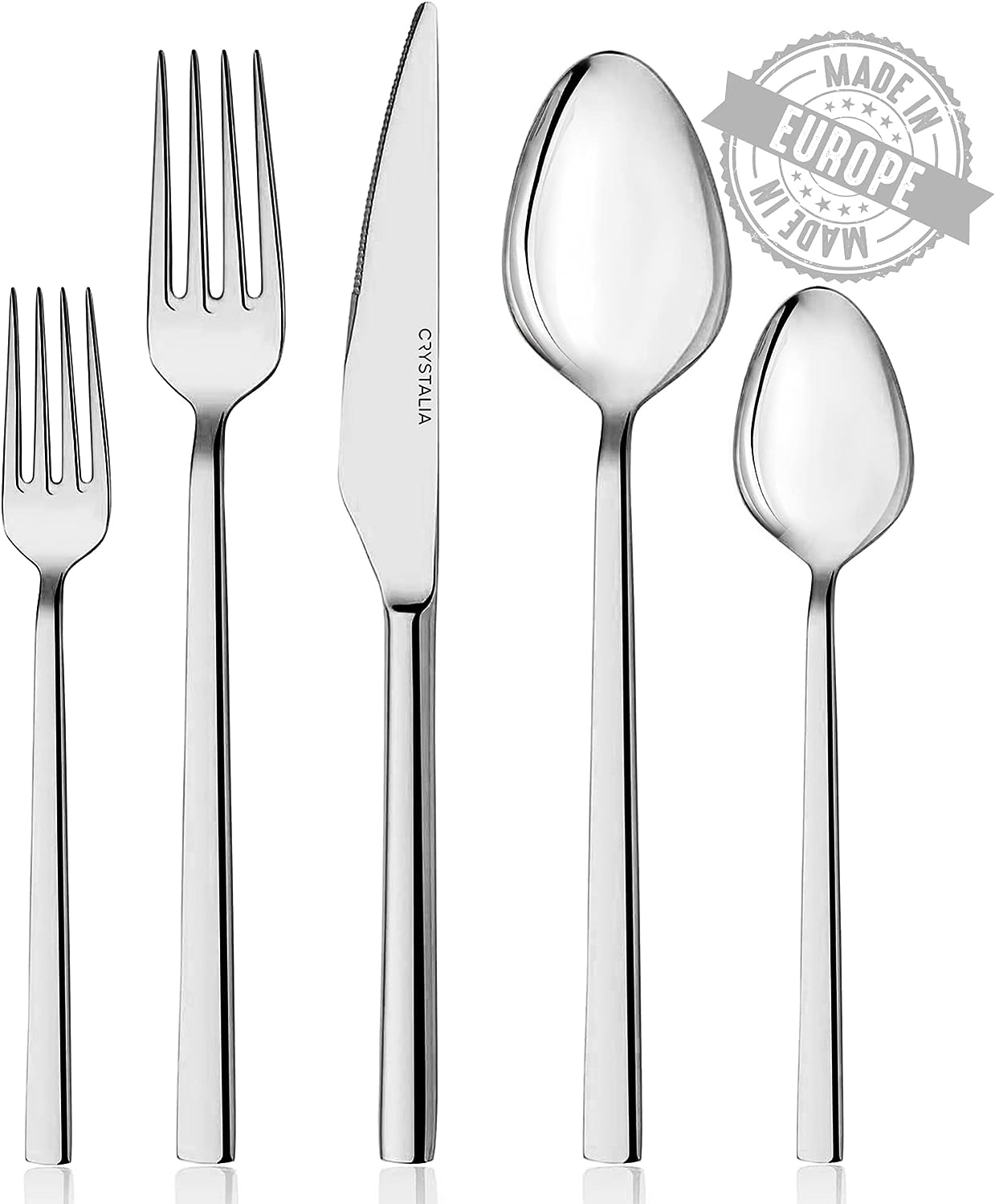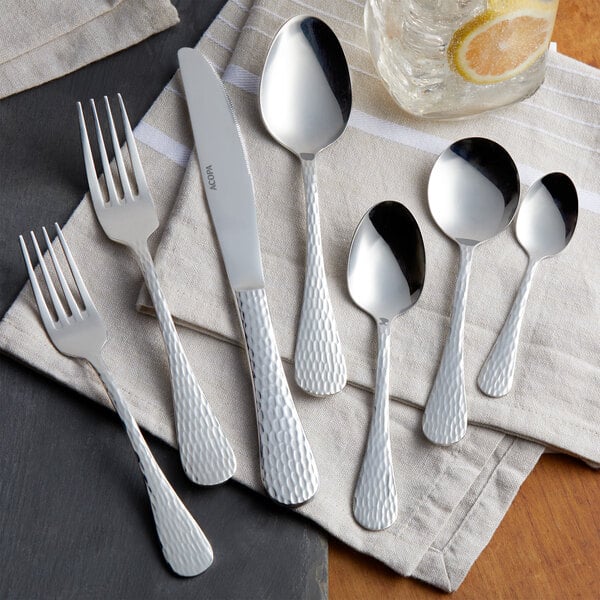Okay, let me tell you what happened the other week. My kitchen drawer was getting chaotic, you know? Forks and spoons from different eras, some looking shiny, others kinda dull and even showing tiny rust spots. Decided it was time for an upgrade, a proper matching set.

So, I went down to the store, looking at the different boxes. Some felt nice and heavy, looked good. Then I started noticing these little numbers stamped on the display forks or printed on the box: 18/10. Saw another set, looked almost the same, but it said 18/8. And a cheaper one just said ‘Stainless Steel’.
Honestly, I had no clue. For a second I thought maybe it was the number of pieces? No, that was clearly listed elsewhere. Maybe thickness? Didn’t seem consistent. The salesperson wasn’t much help, just mumbled something about quality. Typical.
Figuring it Out
Went home, still thinking about it. Pulled out my old jumbled collection. The really old, good ones my mom gave me? Faintly, on the back, I could just make out ’18/10′ on a couple of them. Interesting. The newer, cheaper ones I’d picked up over the years? Some had ’18/8′, some had nothing but ‘stainless’. And yeah, those were the ones looking a bit sad.
Alright, time to actually figure this out. Fired up the computer, started searching. Typed in things like “silverware numbers meaning”, “what is 18 10 stainless steel”, “difference 18/10 18/8”. Took a bit of clicking around, passed all the sales talk.
Turns out, it’s pretty straightforward. It’s about the metal mix used to make the stainless steel. Specifically:

- The first number, 18, stands for the percentage of Chromium. This is the stuff that makes stainless steel, well, stainless. It helps resist rust and corrosion big time. So, 18% Chromium. Most decent silverware has this.
- The second number, 10 (or 8, or sometimes 0), stands for the percentage of Nickel. Nickel is the key player for added shine and even more rust resistance, especially against acidic stuff. It also adds to that feeling of weight and quality.
So What’s the Deal?
So, 18/10 silverware means it’s made with 18% Chromium and 10% Nickel. This is generally seen as the good stuff. The nickel makes it shinier, stronger against corrosion, and just feels more substantial.
18/8 silverware has 18% Chromium and 8% Nickel. Still pretty good, very common, but slightly less nickel means maybe a tiny bit less shine and corrosion resistance compared to 18/10 over the long haul. Honestly, for most people, it’s perfectly fine.
And if you see 18/0? That means 18% Chromium but basically no nickel (or a negligible amount). It’s still stainless steel thanks to the chromium, but it might be more prone to staining or rusting eventually, and it won’t have that same luster as the ones with nickel. It’s usually the most budget-friendly option.
Looking back at my old drawer, it all made sense now. Those reliable old pieces were 18/10. The ones that got weird spots or felt flimsy? Probably 18/0 or just basic stainless without much nickel.
So, when I went back to buy the new set, I knew what I was looking for. I ended up going for an 18/10 set. Felt like a better investment for something I use every single day. Now I actually know what those little numbers mean, not just guessing!


